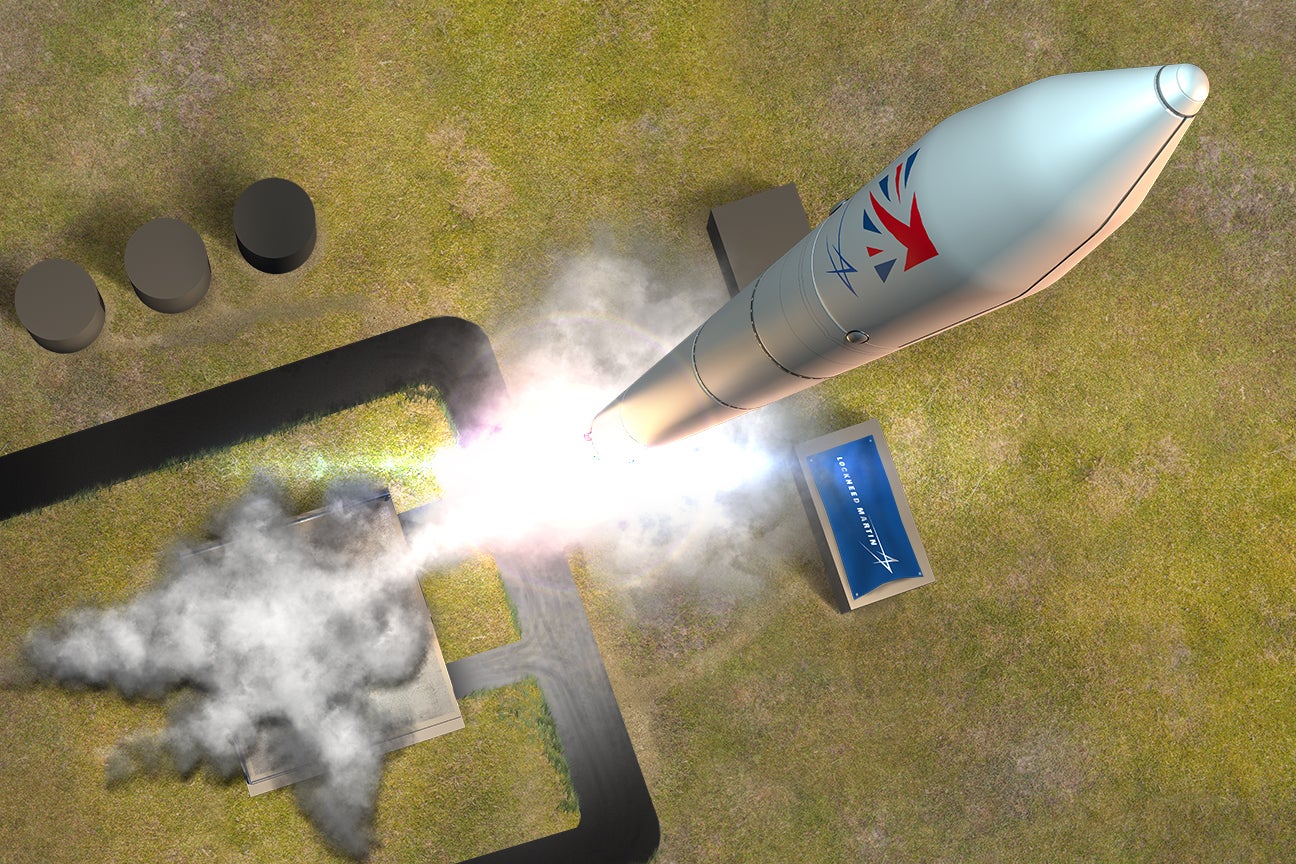
Lockheed Martin is transferring its small satellite launch operations to Shetland Space Centre, located on the archipelago in the Northern Isles of Scotland, after the UK Government gave the US aerospace and defence company permission in October. But what makes Shetland a good location for space launches, and how does it fit into the UK’s wider plans to become a significant player in the small satellite launch market?
Under the plans, Lockheed Martin Space will move its UK Pathfinder Launch operations to Lamba Ness on the island of Unst. The move to Shetland and broader push around satellite launches from across the British Isles is part of LaunchUK – the UK’s spaceflight programme.
While discussions are still underway around Lockheed Martin’s future launch partner, Shetland provides easy access to several orbits favoured for low earth orbit small satellite operations.
Lockheed Martin’s Regional Director Space UK and Europe Nik Smith told Verdict: “When we look at where some of the spaceports are going to be situated up in that area of Northern Scotland, they do have good access to certain favourable trajectories… the two orbits we generally refer to for these sort of small satellites operating at low Earth orbit level are the sun-synchronous orbit and polar orbit. And both of those are actually good to launch to from quite northern locations such as Northern Scotland.”
Traditional large satellites tend to be launched near the equator to reach geosynchronous or geostationary orbits, while sun-synchronous orbits are set up so that every time a satellite passes the equator it is the same local time.
For example, if a small satellite crossed the equator over Brazil at 10:30 am, after its next orbit, it will cross the equator over Colombia at 10:30 am. As these types of orbits go from around the world from pole-to-pole, it makes sense to launch from more Northernly locations. However, it isn’t just easy access to these orbits that make Shetland a prime location.
How well do you really know your competitors?
Access the most comprehensive Company Profiles on the market, powered by GlobalData. Save hours of research. Gain competitive edge.

Thank you!
Your download email will arrive shortly
Not ready to buy yet? Download a free sample
We are confident about the unique quality of our Company Profiles. However, we want you to make the most beneficial decision for your business, so we offer a free sample that you can download by submitting the below form
By GlobalDataUK has satellite building track record
The UK is also one of the world’s premier builder’s of small satellites, said Smith, adding to the UK’s attractiveness as a launch site.
Smith explained: “People may not be aware that the UK has a strong history in the development and production of small satellites. Some of the companies that kind of started the small satellite revolution, if you want to talk about it that way, are actually from the UK. One of the most notable is Surrey Satellite Technologies Limited, which came out of Surrey University in the 80s, but really started showing commercial customers what could be done with these smaller class of satellites. Then, more recently, Scotland has a couple of smallsat manufacturers, with AAC Clyde Space and also Spire, who have an office in Glasgow.”
Surrey Satellite alone accounts for almost 40% of the global small satellite export market. For Lockheed Martin, the combination of these two factors is what makes Shetland Space Centre, and the UK an attractive place to do business and launch satellites.
Smith added: “When you combine that strength in the sector within the supply chain, and then you look at some of those geographical advantages we have, it puts together a compelling case for the UK being able to capitalise on the opportunity that comes from having the ability to launch small satellites.”

A bonus for Shetland is that if you look at most launch sites across the world, they tend to be near to water, meaning that launches can be directed away from population centres. Both of these are factors that lie in Unst’s favour, lying at the very tip of the Shetland Islands.
Smith added: “There is a combination of two points; one is you want to look for something that largely matches your orbits and then the next stage is you want something that allows you to get safe access out from the spaceport, so you want to be close to big bodies of water and you want to be away from high population densities. Just for safety reasons. That’s the other advantage you get from [Shetland].
“Then, of course, the other thing you need, quite frankly, is support from the local population and the governing bodies there as well, so it’s all these things combined to offer you, what would be a good site.”
To Scotland and beyond
Shetland is not the only spaceport in the UK, with launch operations planned for Cornwall and Sutherland. Having multiple launch sites across the country is critical to the UK’s goal of having 10% of the global small satellite launch market by 2030 – this figure would equate to a market worth at least £40bn to the UK.
Space is also seen as key to the UK’s government’s more expansive plans to strengthen its science and technology sector. While the market is still young, Smith said Lockheed Martin saw collaboration between the new and existing spaceports as a critical part of achieving the UK’s lofty goals.
Smith said: “Quite often a question that comes up is will we be competing with the other spaceports? There are a number of spaceports in the UK that have declared their interest in establishing themselves. The obvious ones are spaceport Cornwall, space hub Sutherland as well as a couple of others across the UK.
“The point that I think is important to make is that at the moment we’re all working very closely together. There is huge mutual benefit in working together on things like regulations and legislation and some of the other services that we need to allow us to launch.”
Going further he explained that there was a feeling among the spaceports that they would be able to offer complementary services, with the different locations providing different benefits depending on the desired orbit of what is being launched.
There is also a belief that an established UK small satellite launch market will have enough business to keep all of the country’s spaceports supplies with regular launches. Smith added: “We need to establish the UK as a key launching location in Northern Europe. Ideally, we’d like to be the first operator in Europe at that northernly location, and we all recognise that if we make the UK that spot, then we’re all going to benefit from it.”
Read more: Is Orbex the European SpaceX?







